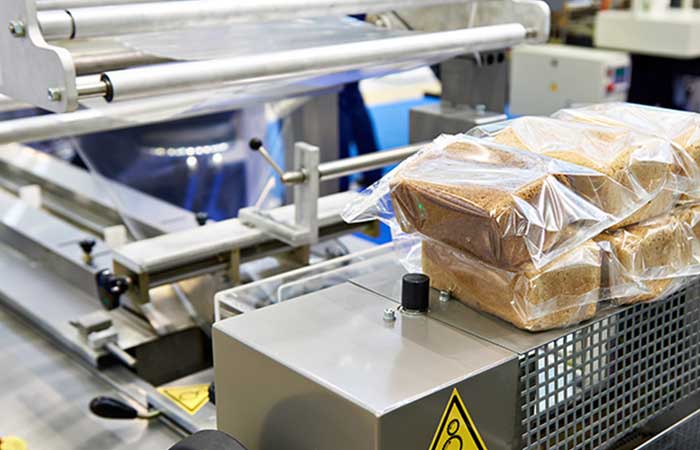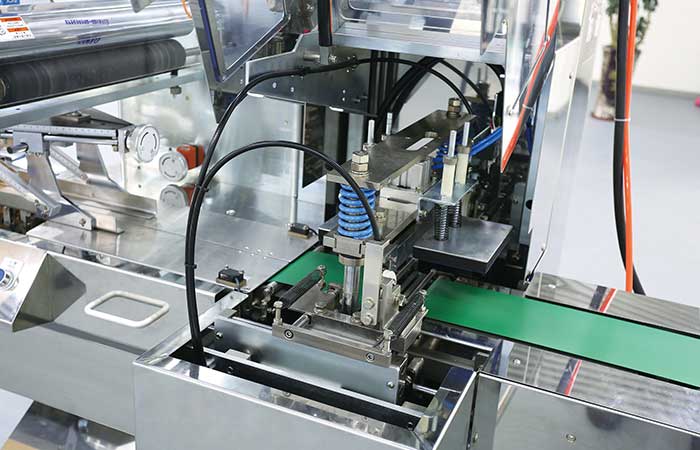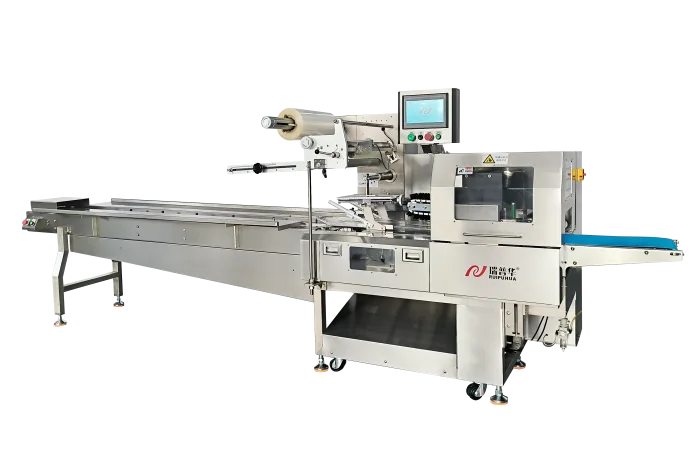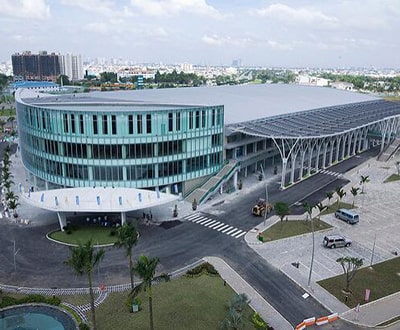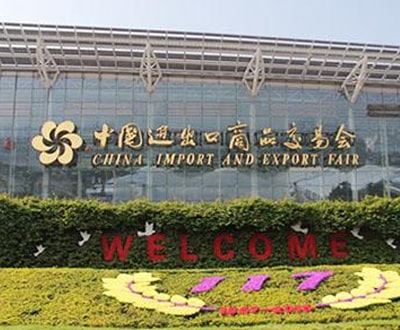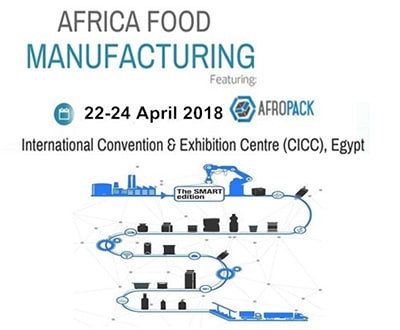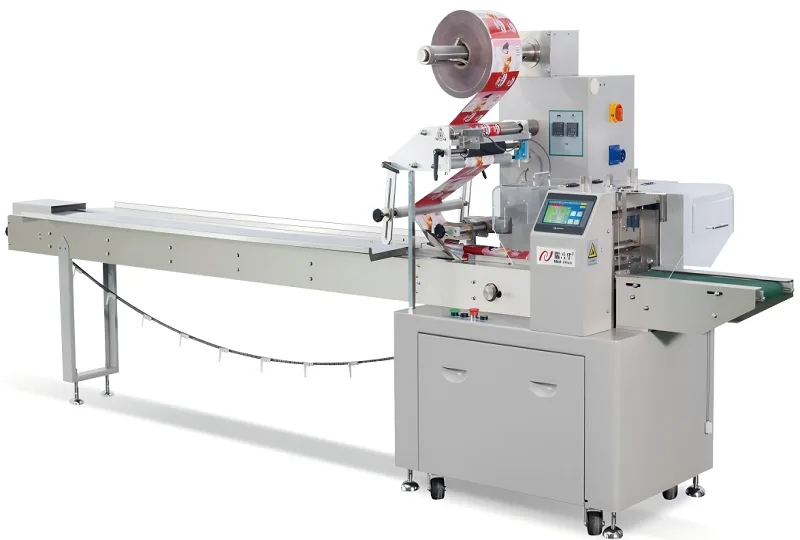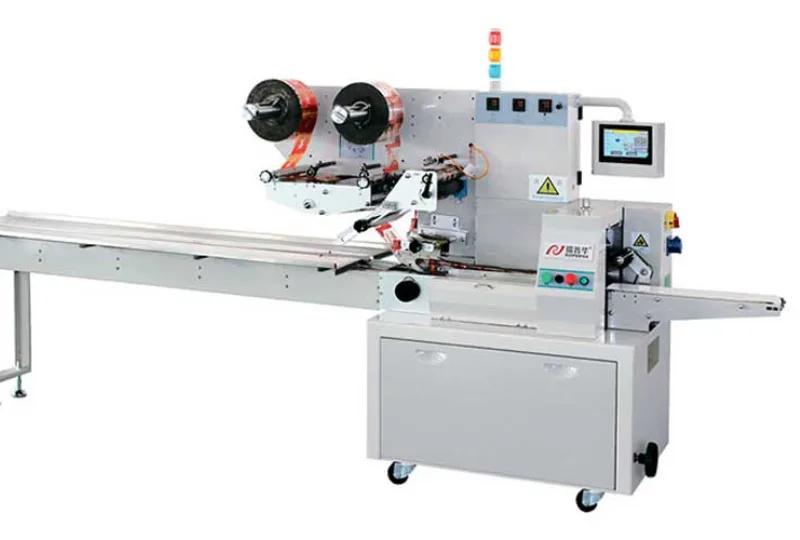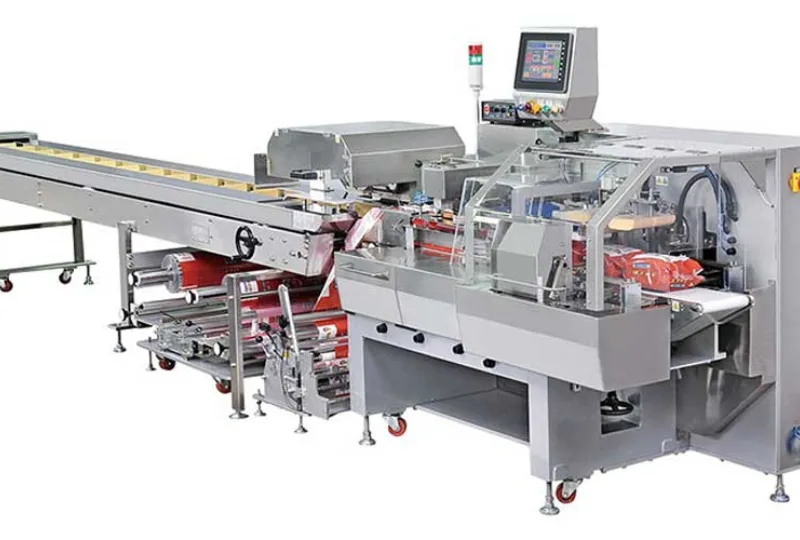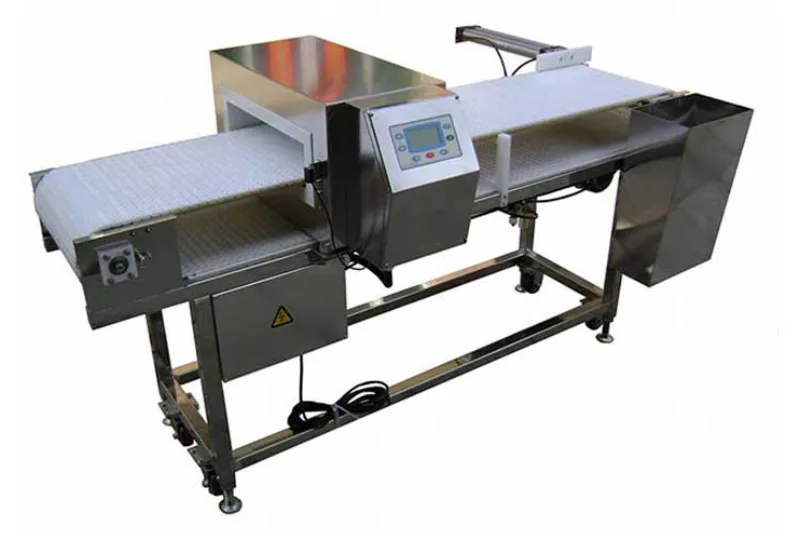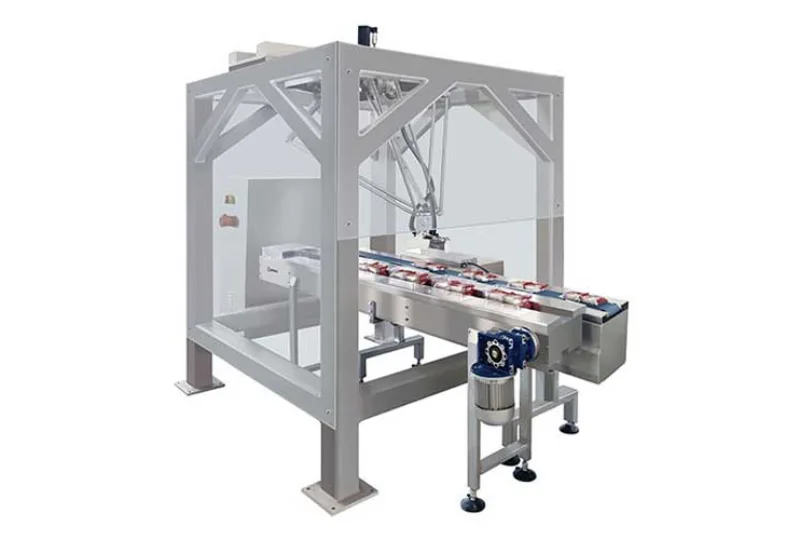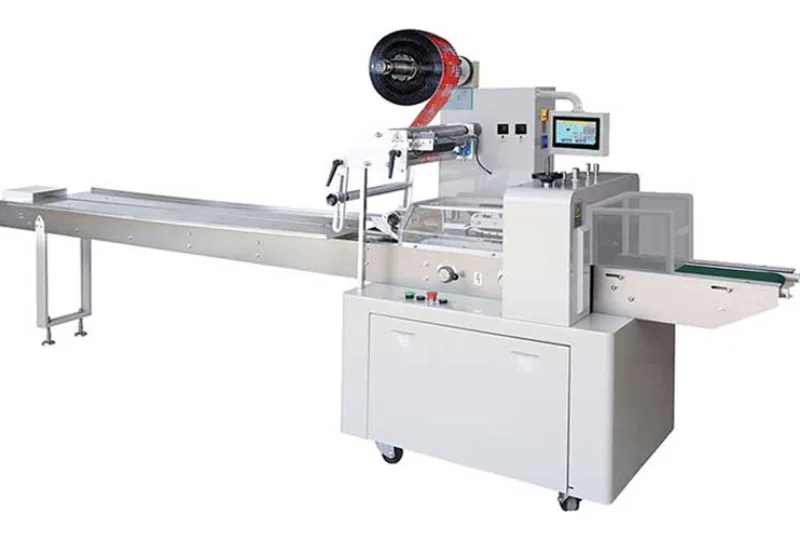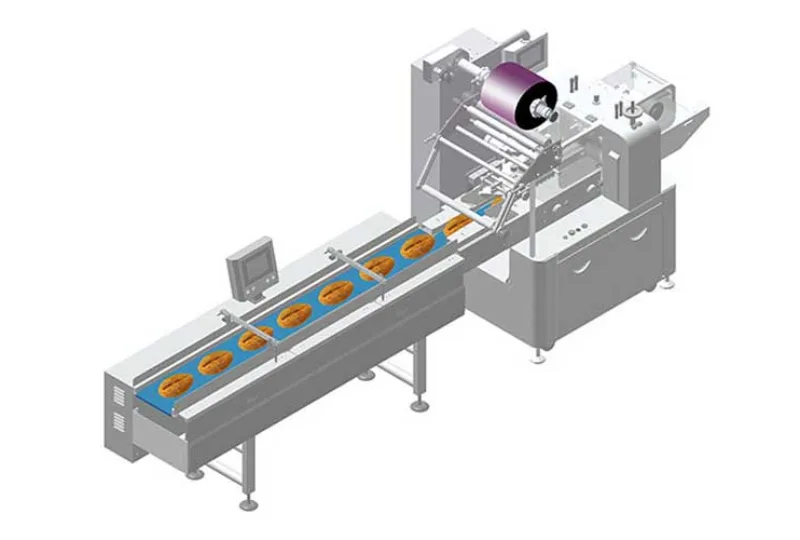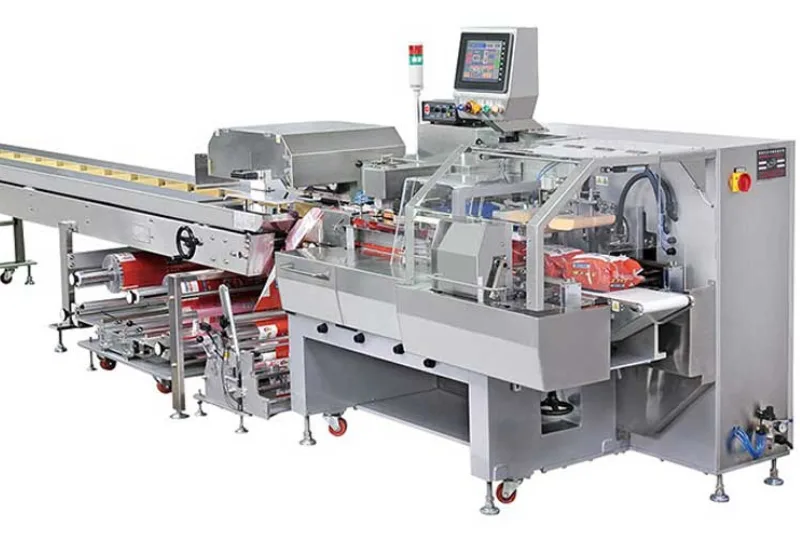The Future of Packaging: A Deep Dive into Automated Packaging Machines
Introduction to Packaging Machines
Packaging machines play a vital role in protecting, preserving, and transporting products in a wide range of industries. These machines automate the process of placing items into containers and sealing them for distribution, storage, and sale. From food and pharmaceuticals to cosmetics, electronics, and more, packaging machinery streamlines operations and boosts productivity.
Packaging machines are broadly categorized into two main types: primary packaging machines and secondary packaging machines. Primary packaging refers to the material that first envelops the product, such as bags, pouches, bottles, blister packs, and more. Primary packaging machines handle filling, forming, sealing, labeling, and other aspects of this initial packaging process. Secondary packaging encompasses outer layer packaging like boxes, crates, and cartons used for storage, distribution and display. Secondary packaging machines handle boxing, cartoning, case packing, palletizing, and related functions.
The origins of modern packaging machines can be traced back to the late 1800s, when the first fully automated bottle blowing machine was patented. In the early 1900s, the invention of heat sealers for polymer films enabled the development of form-fill-seal machines for bags and pouches. Over the decades, packaging machinery continued advancing in line with new materials, automation technology, and changing requirements. Today, packaging machines employ sophisticated computer controls, servo motors, robotics, sensors, and programmable logic controllers to achieve high speeds, accuracy, and efficiency.
Packaging machinery delivers major benefits like increased productivity, reduced labor costs, speed and accuracy improvements, waste reduction, and quality control. Industries of all types rely on specialized packaging equipment tailored to their products and workflows. As consumer demand grows for sustainability, convenience, shelf life, and more, packaging machines will continue evolving to enable businesses to stay competitive.
Common Types of Packaging Machines
There are several common types of packaging machines used in various industries today. Some of the most popular options include:
Vertical Form Fill Seal Machines
Vertical form fill seal machines create bags from a flat roll of film, add the product, and then seal the filled bags. They are very versatile and can handle bags of different styles and sizes. Vertical form fill seal machines are commonly used for snack foods, nuts, chips, pet foods, and other food products.
Horizontal Flow Wrapping Machines
Horizontal flow wrapping machines wrap products in film as they travel horizontally along the conveyor belt. They are ideal for wrapping candy, confections, bars, crackers, and other food items. Horizontal flow wrappers provide a tight, wrinkle-free wrap around the products.
Pre-Made Pouch Systems
Pre-made pouch systems use pre-formed bags and pouches. The packaging machine automatically opens the pouch, fills it with the product, and then seals the pouch closed. Pre-made pouches are commonly used for sauces, beverages, pet foods, snacks, and powdered products.
Stick Packagers
Stick packagers form narrow vertical packages that resemble a stick of gum. They are beneficial for solid powders and granular products like drink mixes, sugars, seasonings, and medications. Stick packs stand upright, take up little shelf space, and can be custom printed.
Specialized Packaging Machines
In addition to the more common packaging machines, there are a variety of specialized equipment designed for particular applications and packaging needs. These include:
Carton and Tray Formers
Carton and tray formers create preformed rigid containers from paperboard, corrugated board and other materials. They fold and glue blanks or die-cut cardboard sheets into correctly shaped cartons or trays for holding products. Form fill seal cartoning machines can form, fill and seal cartons in a single automated process.
Baggers and Bag Sealing Systems
Bagger machines automatically fill bags and seal them once products have been inserted. They may utilize pre-made bags or form bags from rolls of film. Vertical and horizontal baggers fill bags from the top or side respectively. Bag sealing systems apply closures such as clips, tape, adhesive or heat sealing.
Powder and Granule Packaging Equipment
Machines designed for powder and granule packaging include feeders to precisely meter bulk material, filling stations to package a precise amount into bags, sachets or rigid containers, and checkweighers to ensure correct fill levels. Auger fillers, vacuum fillers and vibratory fillers are commonly used.
Liquid Filling Machines
Liquid fillers work by pumping measured volumes of liquids into bottles, cans, pouches, tubes or other containers. They deliver high-accuracy, high-speed filling for products like beverages, cosmetics, pharmaceuticals and more. Common types are piston fillers, overflow fillers and timed gravimetric fillers.
Innovations in Packaging Machinery
Packaging machines have come a long way in recent years thanks to major innovations and advancements in technology. Some key innovations transforming modern packaging machinery include:
Automation and Robotics
The increased use of robotics and automation is revolutionizing packaging machinery. Robotic arms can precisely and efficiently handle packaging tasks like picking, placing, packing and palletizing products. Integrated vision systems and sensors allow robots to adapt to changes on the production line. The use of robotics improves speed, efficiency and consistency in packaging operations.
Sustainability Features
With a greater focus on sustainability, packaging machinery is being designed to minimize waste and environmental impact. Features like servo motors reduce energy consumption, while built-in recyclability allows for reusable packaging materials. Some machines can optimize the amount of packaging materials used for each product. Advanced sealing and closing features minimize food waste by extending shelf life.
Advanced Monitoring and Connectivity
Modern packaging machines are equipped with advanced monitoring systems and internet connectivity that provides data and insights for optimizing performance. Built-in sensors collect data on machine speed, efficiency, downtime, etc. and send reports to the cloud. Remote troubleshooting and preventive maintenance is possible thanks to IoT connectivity. This allows for proactive identification and resolution of issues.
These type of innovations are enabling faster, more efficient and sustainable packaging operations across industries. As technology continues to evolve, packaging machinery will get even smarter and more automated in the future.
Buying Considerations for Packaging Machines
When purchasing a packaging machine, there are several important factors buyers need to take into account. Choosing the right machine for your needs and budget will ensure you maximize efficiency and return on investment.
Machine Capacity and Speed
One of the most critical considerations is the capacity and speed of the packaging equipment. How many units per minute or per hour can the machine handle? This will depend on your production volumes and growth projections. Investing in a machine that can’t keep up with your throughput needs may require frequent upgrades.
Also, consider speed in terms of both primary and secondary packaging. The production line needs to be balanced. Overinvesting in a high-speed primary packager won’t help if the secondary packaging machine creates a bottleneck.
Budget and Financing Options
Packaging equipment represents a significant upfront capital expenditure. Have a clear budget in mind and get an accurate estimate of total costs – machine price as well as auxiliary equipment, installation, training, etc. Consider financing options like equipment leasing loans if funds are limited.
Weigh costs against long-term savings in labor, materials, and efficiency. The right packaging machine can pay for itself over time in reduced operating costs. But the initial budget needs to be justified from a business perspective.
New vs Used Equipment
To reduce initial capital outlay, some businesses opt for used or refurbished packaging equipment. This can be an acceptable alternative for smaller operations. However, used machines come with higher risks of breakdowns, lost production time, and costs of spare parts.
Newer machines often have advanced features, quicker changeovers, and technology integrations. Weigh pros and cons of new vs used based on production goals, required capabilities, and total cost of ownership.
Industry Applications of Packaging Machines
Packaging machines play a crucial role across various industries and business sectors. The right packaging solution can help companies improve efficiency, reduce costs, and boost productivity. Some of the major industries that rely heavily on packaging machinery include:
Food and Beverage
The food and beverage sector is one of the largest users of packaging equipment. Advanced packaging machines help food manufacturers quickly and efficiently package all types of products from powders to liquids. Popular types of machines used in this industry include vertical form fill seal baggers, cartoners, fillers, cappers, labelers, and more. Packaging helps extend shelf life, maintain food safety, and give products an attractive retail-ready look.
Medical and Pharmaceutical
Packaging plays a vital role in the medical and pharmaceutical industries. Strict regulations require tamper-evident packaging, sterile equipment, and avoiding cross-contamination. Blister packs, pouches, bottles, and cartons with specialized coatings are common in this sector. Specialty packaging machines can handle sensitive medical devices, vials, syringes, catheters and more. Automated filling and sealing ensures accuracy when dealing with drugs and medicines.
Consumer Packaged Goods
From cosmetics to household cleaners, versatile packaging equipment helps consumer product companies package all kinds of liquids, creams, pastes, powders and granulated products. Shrink wrap, blister packs, pouches, jars, tubes, and other retail packaging help showcase products at point of sale. Multi-lane bar coders, labelers, bundlers and other automated machines ensure each product has retail-ready coding and labelling.
Across food, medical, and consumer packaged goods, appropriate packaging machinery ensures efficiency, shelf appeal, and regulatory compliance. Working with experienced suppliers helps companies source the right packaging equipment for their needs and industry.
Case Studies & Success Stories
Let’s examine some real-world examples of businesses that have benefited greatly from investing in packaging machines.
Food Production Company Streamlines Operations
A mid-sized food company was struggling with inefficient manual packaging processes that led to slow production and frequent errors. By implementing automated vertical form fill seal machines, they were able to triple their daily output and reduce packaging defects by 90%. The machines quickly paid for themselves through increased productivity.
Cosmetics Brand Reduces Labor Costs
A major cosmetics brand was spending too much on manual labor to package its products. They installed a fully automated stick packaging system that packages over 300 units per minute with precision and consistency. This allowed them to reduce their labor costs by over 40% while also speeding up production.
Electronics Company Improves Packaging Consistency
An electronics manufacturer found that different workers were packing products inconsistently, leading to damages and complaints. Installing tray forming equipment helped standardize their packaging and eliminate errors. Custom tray sizes for each product also reduced shipping damages by over 60%.
These success stories demonstrate how the right packaging machinery can deliver tremendous benefits through optimizing operations, reducing labor expenses and improving quality control.
Future Trends and Outlook
The packaging machinery industry is rapidly evolving to keep pace with changing consumer demands and business needs. Some key trends shaping the future of packaging machines include:
Sustainability and Green Packaging
Sustainable and eco-friendly packaging is a top priority. Packaging machines are being designed to minimize waste, use renewable materials, and improve recyclability. For example, machines that use 100% paper instead of plastic for primary packaging. Also expect to see packaging machines optimized to use the minimum amount of packaging material.
Automation and AI
Packaging machines are becoming highly automated using robotics and Artificial Intelligence (AI). This improves speed, efficiency and accuracy. AI-powered systems can adjust parameters in real-time based on product variations. Automated packaging lines require less human intervention. Big data analytics will boost productivity.
Flexible and Customized Packaging
Instead of standard packaging, businesses want flexible and customizable packaging. Packaging machines now allow easy switching between different package sizes, designs and materials. On-demand packaging with variable data printing enables personalized packaging. Machines are being designed for faster changeovers between jobs.
These trends will drive innovation in the packaging machinery sector. Companies need to keep up with the latest technology to meet customer needs, reduce costs and stay ahead of the competition. The future of packaging machines is smart, nimble and sustainable.
Choosing the Right Packaging Machine Supplier
Selecting the right packaging machine supplier is crucial for ensuring you get equipment that meets your specific needs and provides maximum uptime and efficiency. Here are some key factors to consider when evaluating suppliers:
Importance of Service and Support
Look for suppliers that provide exceptional after-sales service and support. They should offer training on machine operation and maintenance. Quick response times for troubleshooting issues is essential to avoid extended downtime. Prioritize suppliers that have a strong parts inventory and skilled technicians.
Customization Capabilities
No two operations are exactly alike, so your packaging machinery should be customizable to your environment, products, and workflows. Choose a supplier that offers flexibility in machine design and features. They should work closely with you to understand your requirements and tailor the equipment accordingly.
Company Reputation and Experience
Go with an established company that has proven expertise in packaging equipment. They should have extensive experience across a range of industries and machine types. Look at their client list, years in business, and reviews. A reputable company stands behind their equipment with strong warranties and guarantees.
Taking the time to evaluate potential suppliers will pay off tremendously in the long run. Partnering with the right packaging machine expert will result in equipment that maximizes efficiency, safety, and ROI for your unique operation.
Conclusion
In conclusion, packaging machines play a vital role in streamlining operations and boosting efficiency for many businesses across various industries. Choosing the right packaging equipment for your specific needs and applications is crucial to maximizing productivity and return on investment.
Key takeaways covered in this guide include the main types of packaging machines such as VFFS, flow wrappers, and pouch fillers, as well as innovations like robotics and AI. Understanding factors like required capacity, machine footprint, and after-sales support will help buyers select the best packaging machinery supplier and equipment.
Automated packaging systems allow companies to scale up production, reduce labor costs, and implement sustainable practices. With the rapid growth of e-commerce and demand for shelf-ready packaging, advanced packaging machines will become increasingly important. Keeping up with the latest technology trends and piloting solutions before full investment can help optimize packaging operations.
We hope this comprehensive overview has provided valuable insights into the evolving world of packaging equipment. With the right information and packaging partner, businesses can confidently invest in packaging machinery to gain a competitive advantage.
-
01
Automatic Tray Loading and Packaging Equipment: Boost Efficiency to 160 Bags/Minute
21-11-2025 -
02
Automatic Soap Packaging Machine: Boost Productivity with 99% Qualification Rate
21-11-2025 -
03
A Deep Dive into Automatic Toast Processing and Packaging System
18-11-2025 -
04
The Future of Bakery Production: Automated Toast Processing and Packaging System
18-11-2025 -
05
Reliable Food Packaging Solutions with China Bread, Candy, and Biscuit Machines
11-10-2025 -
06
High-Performance Automated Food Packaging Equipment for Modern Production
11-10-2025 -
07
Reliable Pillow Packing Machines for Efficient Packaging Operations
11-10-2025 -
08
Advanced Fully Automatic Packaging Solutions for Efficient Production
11-10-2025 -
09
Efficient Automatic Food Packaging Solutions for Modern Production
11-10-2025 -
10
Advanced Automatic Packaging Equipment for Efficient Production
11-10-2025



